

Damion Smy
Chinese vacuum cleaner maker teases 1000hp electric supercar
48 Minutes Ago

News Editor
Fiat’s product drought is coming to an end.
After half a decade with only two new launches – the electric 500 and Scudo van, neither sold here – Fiat is finally getting some new models.
Auto Express reports the Fiat passenger car brand – as opposed to Fiat Professional, its van arm – will be split into two different “families”, according to brand CEO Olivier Francois.
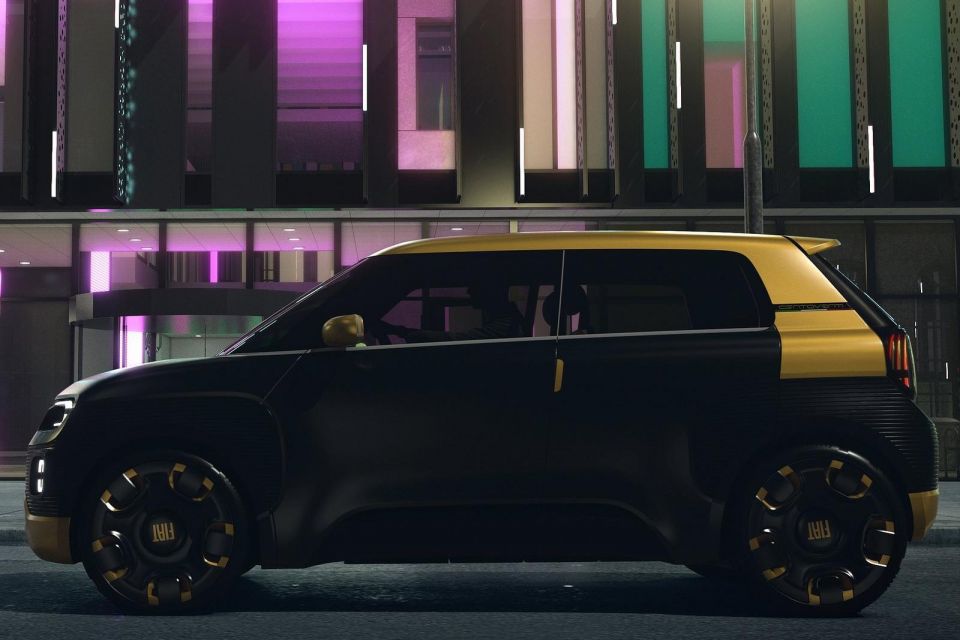
The Centoventi concept, revealed at the 2019 Geneva motor show, will reportedly inspire more than one production vehicle.
The next Fiat product launch is slated for 2023, and a range of vehicles is set for launch over the next five years. The brand will only sell electric vehicles after 2030.
New products include a replacement for the venerable Panda light car, plus a similarly-styled crossover.
These new models will reportedly be focused more on practicality than sleek styling, in Panda tradition, and are being designed to be as cheap and cheerful as possible to both produce and buy.
They’ll also reportedly have a similarly rugged character to the original Panda, which was produced from 1980 until 2003.
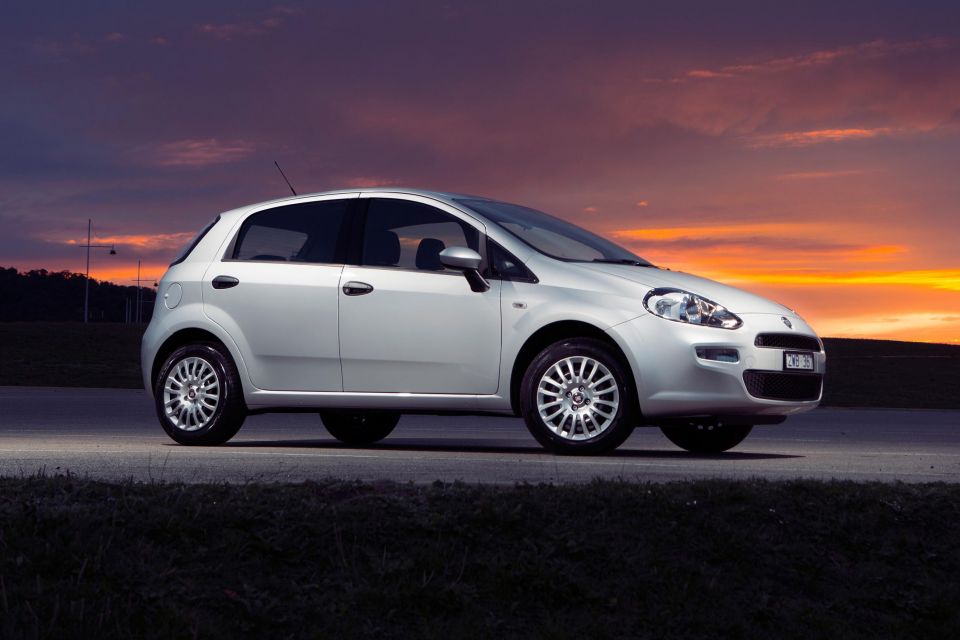
Fiat will borrow the Stellantis CMP architecture underpinning the likes of the Peugeot 208 and Opel Corsa for one or two new models, heralding Fiat’s return to the light car (B) segment.
Fiat abandoned the segment in 2018 when it discontinued the Punto after a protracted, 13-year final generation, during which the ageing hatchback received largely cosmetic updates.
Francois stopped short of confirming whether the CMP architecture would underpin the aforementioned Panda-style SUV, or if there was a separate light hatch in the works.
He did, however, suggest to Auto Express the new products could dust off classic Fiat nameplates.
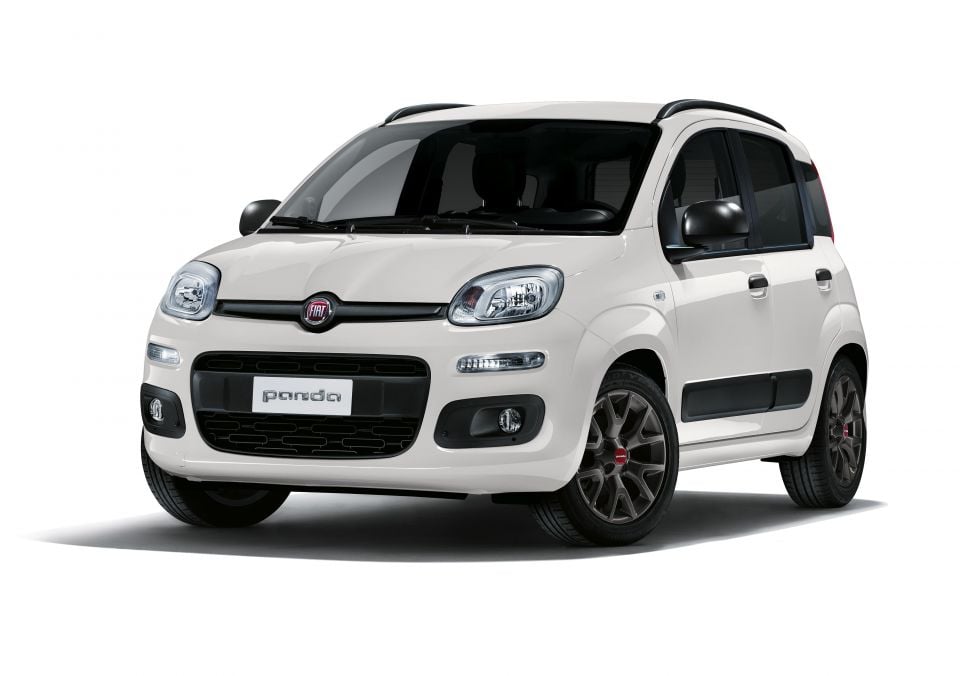
“What is sure is now I have the possibility to invent a new name, or to tap into some fabled name of the past,” he told the UK publication.
“I’m leaning more towards the second one, because we really have these favourable templates, with a lot of happy customers.
“So I’ll do a B-segment [supermini], and then is it going to be a new Punto? Is it going to be a super Panda? I don’t know. We will find out.
“What is very important, and this is where you have my total commitment, is that obviously at the first glance – even with no badging or branding – you’ll recognise it as a Fiat.”
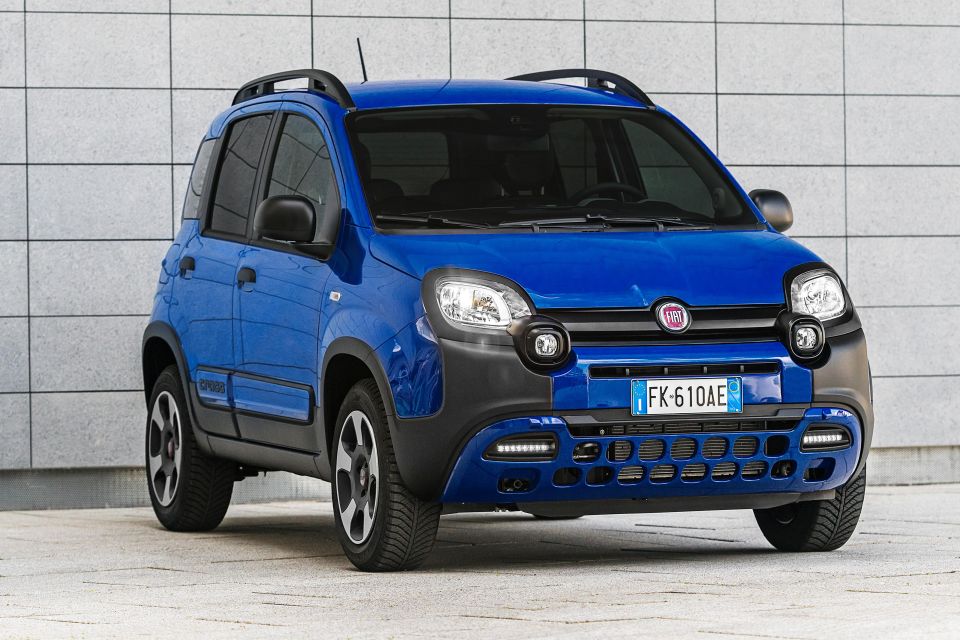
Francois also said there’s room for more than one SUV within the Fiat line-up, citing Volkswagen’s introduction of the T-Roc and the T-Cross and its Taigo fastback sibling and suggesting one SUV could wear more rounded, 500-inspired styling.
“My idea is to cover or to focus on cars between 3.7 metres long and 4.3 metres long,” he said.
“A-segment, B-segment, B-SUV short, B-SUV long. That’s where I want to play.”
Earlier reports have indicated a Fiat SUV will enter production at Stellantis’ plant in Tychy, Poland alongside Jeep and Alfa Romeo SUVs in 2023.
This will reportedly use the CMP platform and offer the option of an electric powertrain.
The company also offers more rugged-looking Cross variants of its Panda and Tipo models.
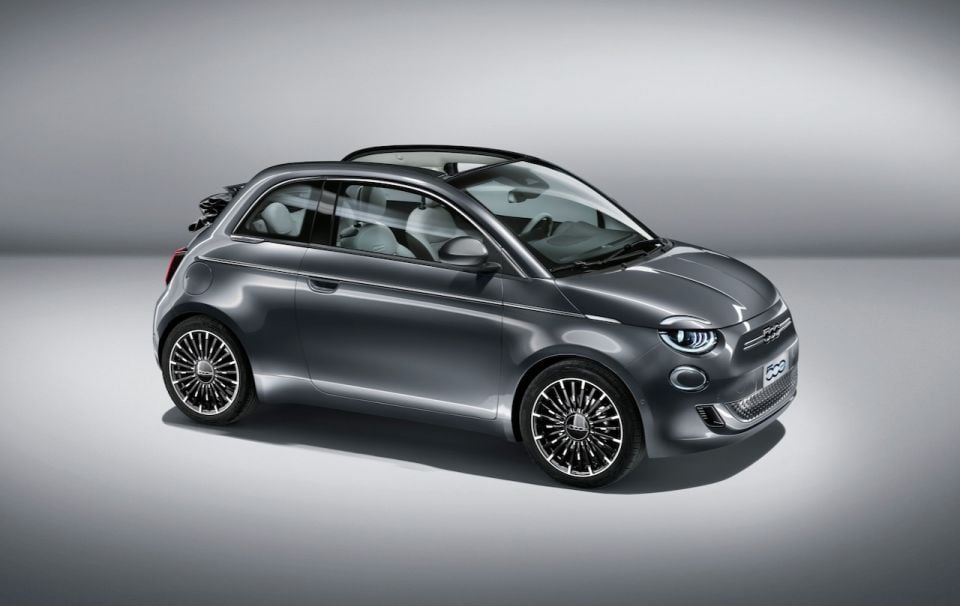
As part of the sprawling Stellantis fleet, the Fiat brand can tap into economies of scale and borrow platforms and powertrains – something it couldn’t do when it was part of Fiat Chrysler Automobiles (FCA), given the absence of sister brands selling small cars.
Francois told Auto Express that development costs on key small vehicles could be reduced by as much as three quarters.
It can also now focus more directly on these smaller vehicles. Though unloved vehicles like the Croma are very much in the rear-view mirror, Fiat offers the small (C-segment) Tipo in Europe.
While Fiat is embracing Stellantis corporate platforms, it has a still-fresh product in the electric 500, launched in 2020, which has its own platform. It’s unclear if any other vehicles will be derived from it, for example a five-door model.
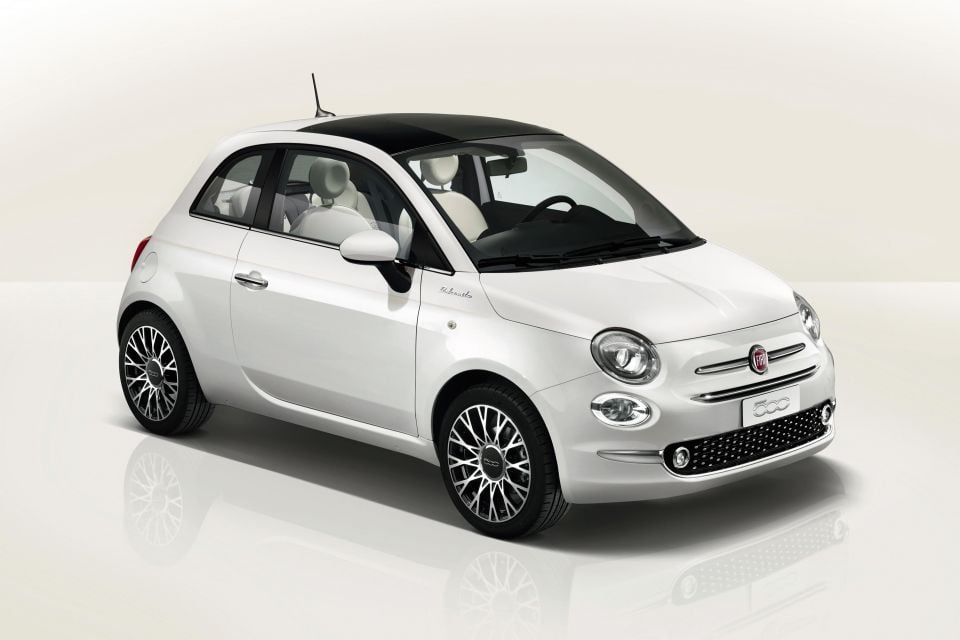
Fiat’s upcoming product onslaught is overdue.
While past Fiat vehicles have had long product lifecycles – the original Panda, for example, or the original 500 – the current line-up is showing its age and sales are suffering.
The Panda was the best-selling car in the brand’s home market of Italy in 2021, with the 500 in second place. Sixth place went to the 500X.
However, the brand recorded its lowest Italian market share ever in 2019 with 15 per cent, ticking up only slightly in 2020.

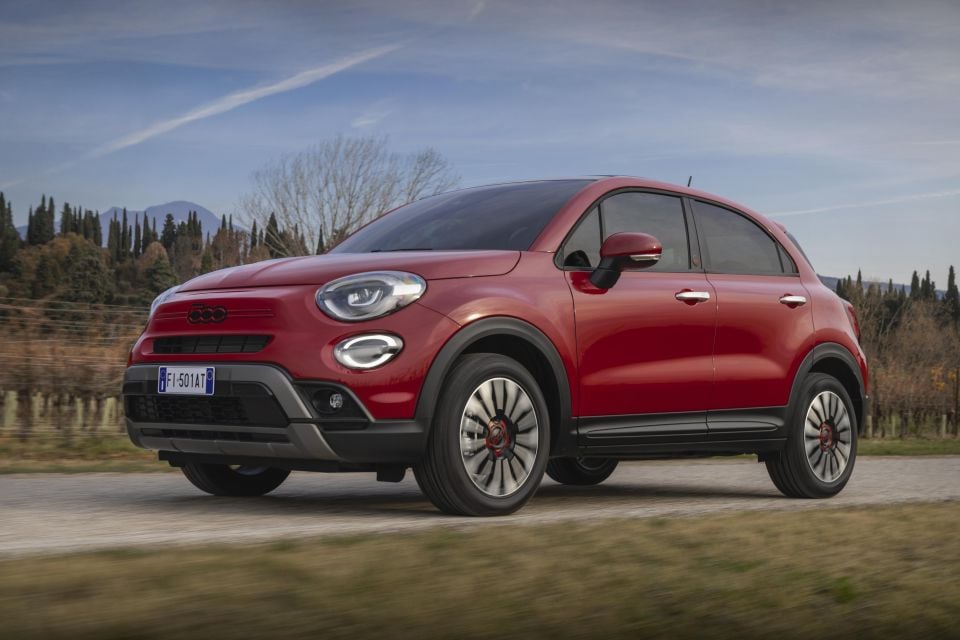

It’s part of a largely downward trajectory for the brand in Italy, with market share falling below 40 per cent in 1990, below 30 per cent in 1998, and then down to 21 per cent in 2004.
The 500L people mover is about to celebrate its 10th birthday, while the Tipo and 500X were introduced in Europe in 2015.
The current Panda was introduced back in 2011, using an updated version of the platform underpinning the 2003 Panda.
The current 500 dates back to 2007, and remains on sale alongside the new electric model launched in 2020.
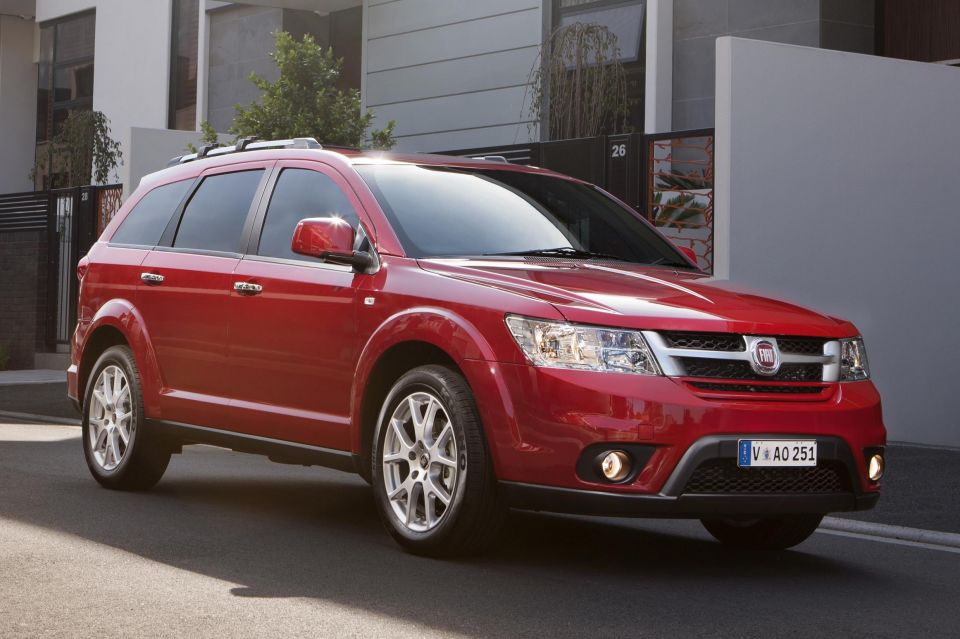
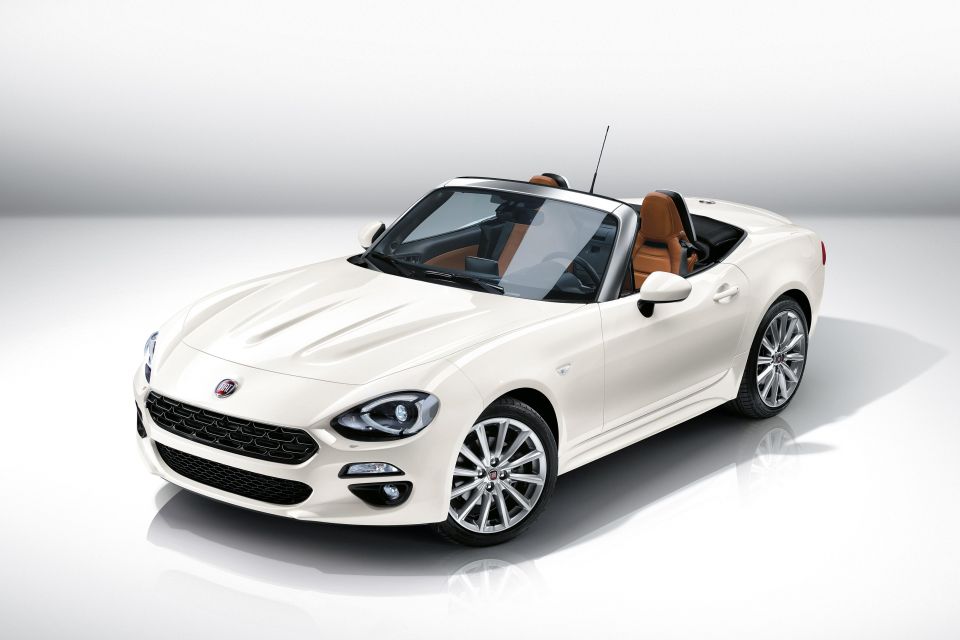
Fiat lost a large family car in 2015 with the discontinuation of the Dodge Journey-based Freemont, and lost a light hatch with the 2018 axing of the Punto. The much lower-volume 124 Spider has also been phased out.
Even including the Fiat Professional sub-brand, there are just two models that wear the red badge in Australia: the petrol 500 and the large Ducato van.
Fiat sold 739 vehicles in Australia last year, including Abarth-badged versions of the 500, plus 1277 Fiat Ducato vans.
Where expert car reviews meet expert car buying – CarExpert gives you trusted advice, personalised service and real savings on your next new car.
William Stopford is an automotive journalist with a passion for mainstream cars, automotive history and overseas auto markets.


Damion Smy
48 Minutes Ago


Matt Robinson
3 Hours Ago


Damion Smy
3 Hours Ago


Damion Smy
18 Hours Ago


Damion Smy
19 Hours Ago


Damion Smy
20 Hours Ago